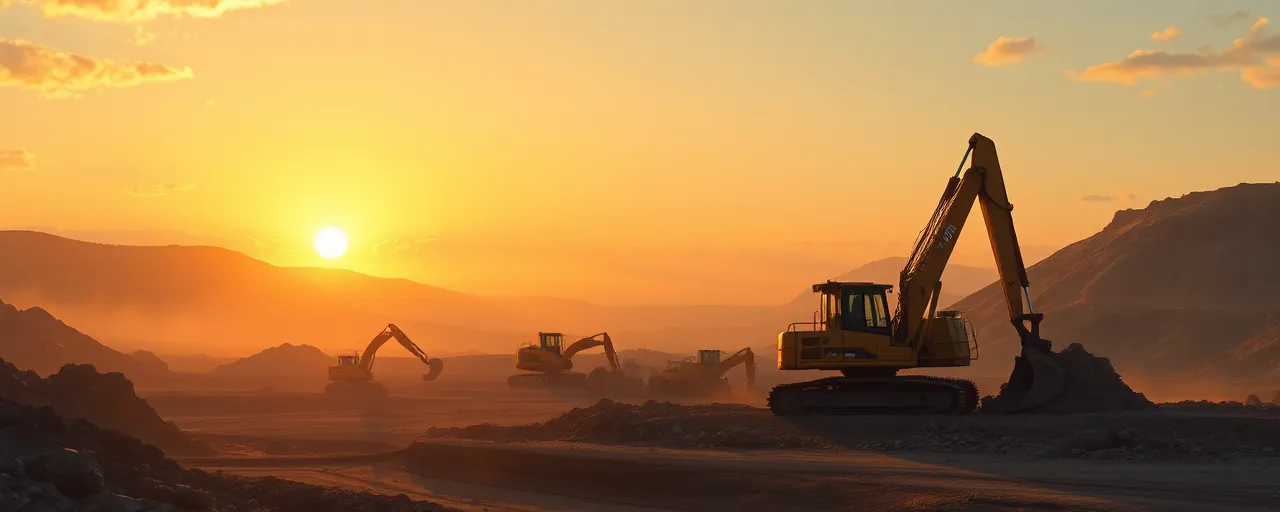A Bold Move for Energy and Jobs
The Biden era’s chokehold on American energy is finally loosening, and nowhere is that clearer than in North Dakota’s Freedom Mine. The Bureau of Land Management’s latest push to lease 1,350 acres of coal-rich public land, packed with 24 million tons of mineable lignite, isn’t just a bureaucratic footnote. It’s a defiant stand for the hardworking men and women who keep our lights on and our industries humming. With President Trump back at the helm, this move signals a return to prioritizing domestic strength over foreign handouts, and it’s about time.
This isn’t some abstract policy debate for D.C. insiders. It’s real stakes for real people. The proposal, paired with a 640-acre mining plan tweak unlocking another 8.4 million tons, promises to extend coal production through 2045. That’s two decades of jobs, tax revenue, and energy independence hanging in the balance. Sonya Germann, BLM’s Montana/
The Economic Lifeline Liberals Ignore
Coal isn’t just dirt; it’s dollars. Look at Spring Creek Mine’s expansion as proof: 250 jobs with wages topping $80,000 a year, plus $5 million in annual tax revenue for local schools and roads. Freedom Mine’s scale dwarfs that, promising an economic jolt to Mercer County that could ripple across North Dakota. Historically, coal built towns from scratch between 1870 and 1930, turning empty plains into thriving hubs. Today, it’s not about nostalgia; it’s about stability in a world where wind turbines and solar panels can’t yet carry the load.
Critics love to crow about coal’s decline, pointing to renewables hitting record highs in 2025. Sure, wind and solar are growing, but they’re not ready to shoulder steelmaking or cement production, industries that keep our infrastructure standing. The Energy Information Administration’s own data shows crude oil and natural gas soaring this year, proving diversification doesn’t mean ditching what works. Coal’s export value alone, tapped from the world’s largest reserves, keeps us competitive globally. Shutting that down for some green fantasy risks gutting communities already on the edge.
Environmental Hysteria Meets Reality
Cue the predictable outrage from eco-warriors clutching their environmental assessments. Yes, coal mining scars the land; surface methods like Freedom Mine’s dragline excavators chew through soil and streams. Studies peg biodiversity drops at 53% in mined areas, and selenium in waterways isn’t pretty for fish. But here’s the catch: the BLM’s draft assessment isn’t a rubber stamp. It’s a rigorous review, mandated by laws like NEPA, to balance impact with need. Reclamation plans and pollution controls aren’t optional; they’re baked in, ensuring mined land gets a second life.
The loudest voices against this lease, often from cushy urban offices, gloss over a hard truth: their renewable utopia still leans on coal-powered grids to charge their Teslas. Coal’s CO2 emissions are real, but so is the hypocrisy of demanding cheap energy while demonizing its source. Historical booms in the 20th century leaned on coal without apology, and modern mitigation tech makes today’s mining cleaner than ever. The Powder River Basin’s lease ban proves there’s enough coal locked up already; Freedom Mine just keeps it flowing responsibly.
A Fight for the Heartland
This lease isn’t just about coal; it’s about who gets to call the shots. Public comment periods, like the one running through May 2, 2025, or the Beulah Civic Center meeting on April 24, invite locals to weigh in. Yet polls from Rocky Mountain states show a tilt toward conservation, egged on by well-funded environmental groups. That’s not democracy; it’s a megaphone for outsiders who don’t live with the consequences. Coal communities, from Appalachia to the Dakotas, know mine closures don’t just kill jobs; they kill towns.
Stakeholder engagement sounds noble until you see it weaponized. Lawsuits over Spring Creek forced extra reviews, delaying progress for years. Freedom Mine’s emergency lease cuts through that red tape, thanks to the Energy Permitting Reform Act of 2024. Speedy decisions don’t mean reckless ones; they mean trusting Americans over bureaucrats. Historically, the Mineral Leasing Act of 1920 set the stage for public land use, not preservation for its own sake. Today’s fight echoes that: use our resources or lose our edge.
Securing America’s Future
Freedom Mine’s coal isn’t a step backward; it’s a bridge forward. With 24 million tons on the table, we’re talking energy security through mid-century, not some fleeting trend. The 1970s oil crises taught us reliance on foreign fuel is a gamble; today’s push for domestic coal doubles down on that lesson. Sure, renewables are part of the mix, but abandoning coal now hands our rivals an advantage in manufacturing and trade. Trump’s administration gets that, and this lease proves it.
The choice is stark. Approve this lease, and North Dakota thrives with jobs and power for decades. Reject it, and we’re left begging for scraps while China and India burn coal without blinking. Freedom Mine isn’t just a mine; it’s a statement: America won’t kneel to globalists or green dogma. The BLM’s call for comments isn’t a formality; it’s your shot to back a future where we stand tall. Time to pick a side.
